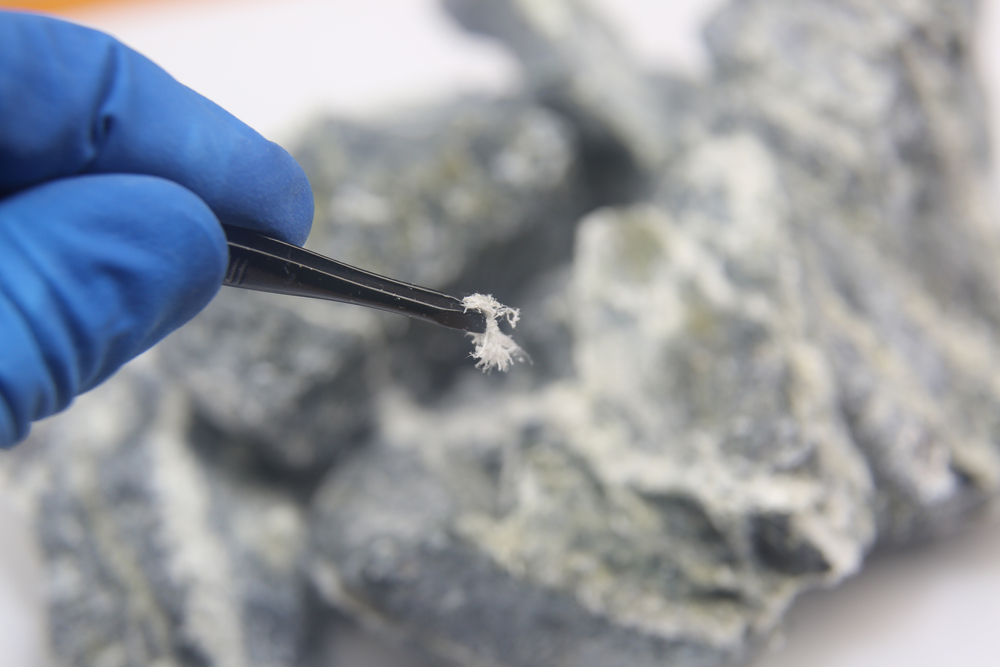The EPA announced that Jens Schkade of Grand View, Idaho, has agreed to pay an $88,749 penalty over violations of the Clean Air Act (CAA) related to the safe handling and disposal of asbestos.
According to the consent decree, on October 5, 2021, Schkade wrecked a commercial building called the Square Deal Store, located at 215 Main Street in Grand View, and transported the debris to a nearby private property Schkade owned. Once the debris was on the property, Schkade burned it. After it was burned, the debris was pushed into a drainage ditch on the property.
Overview of asbestos regs
Asbestos is a designated hazardous air pollutant (HAP) under Section 112 of the CAA. HAPs, or “air toxics,” are specific substances that are known or suspected to cause cancer or other serious health effects. The major health effects associated with asbestos exposure are lung cancer, mesothelioma, and asbestosis.
The CAA requires the EPA to develop and enforce regulations to protect the public from exposure to airborne contaminants that are known to be hazardous to human health. As a result, HAPs are regulated under the Nation Emissions Standards for Hazardous Air Pollutants (NESHAP) at 40 Code of Federal Regulations (CFR) 61 and 40 CFR 63. Asbestos was one of the first HAPs regulated under the Asbestos NESHAP found at 40 CFR 61, Subpart M, which is intended to minimize the release of asbestos fibers during activities involving the handling of asbestos. 40 CFR 61.145 specifically addresses preventing exposure to asbestos during demolition and/or renovation activities, and 40 CFR 61.150 addresses the disposal of waste from demolition or renovation operations.
What went wrong?
The EPA charged Schkade with four counts of violations related to the safe handling and removal of asbestos.
Count 1. The EPA alleged that Schkade violated 40 CFR 61.145(a) because he didn’t thoroughly inspect the facility for the presence of asbestos and didn’t test the asphalt roof material or flooring and mastic for asbestos before commencing demolition.
40 CFR 61.145(a) requires that the owner or operator of a demolition or renovation activity must, before beginning the demolition or renovation, thoroughly inspect the affected facility or part of the facility where the demolition or renovation operation will occur for the presence of asbestos. The amount of asbestos present dictates what notification requirements and work practice procedures are required.
Count 2. The second allegation is that Schkade violated 40 CFR 61.145(b)(3)(i) because he didn’t submit a written notice of the intent to demolish to the EPA before beginning demolition of the facility.
40 CFR 61.145(b) requires the owner or operator of a demolition or renovation activity to provide the EPA with written notice of the intent to demolish or renovate at least 10 days before any demolition or renovation work begins.
Count 3. 40 CFR 61.145(c)(10) requires the owner or operator of a demolition activity to remove all regulated asbestos-containing material (RACM), including Category I and Category II nonfriable asbestos-containing material (ACM), from a facility in accordance with the asbestos removal work practices outlined in 40 CFR 61.145(c) before demolishing the facility by intentional burning.
It’s alleged that Schkade didn’t remove approximately 10,000 square feet of Category I nonfriable asphalt roofing material, along with asbestos-containing floor tile and mastic, before demolition by intentional burning. When burned, the asbestos-containing roofing material became friable.
Count 4. 40 CFR 61.150(b) requires all asbestos-containing waste material to be deposited as soon as practicable at a waste disposal site operated in accordance with the provisions of 40 CFR 61.154 or an EPA-approved site that converts RACM and asbestos-containing waste material into asbestos-free material.
Schkade allegedly deposited the asbestos-containing waste material (i.e., asbestos-containing roofing material that wasn’t removed before burning and other debris contaminated with the burned roofing material) into his own private dump site rather than an approved site. The ACM allegedly remained on Shkade’s private dump site for several months until it was transported to a landfill.
Consent decree
Schkade voluntarily cleaned up the debris in coordination with the EPA and agreed to pay an assessed penalty of $88,749.
Guidance
For more information on EPA guidance related to the safe removal and handling of ACM, see:

